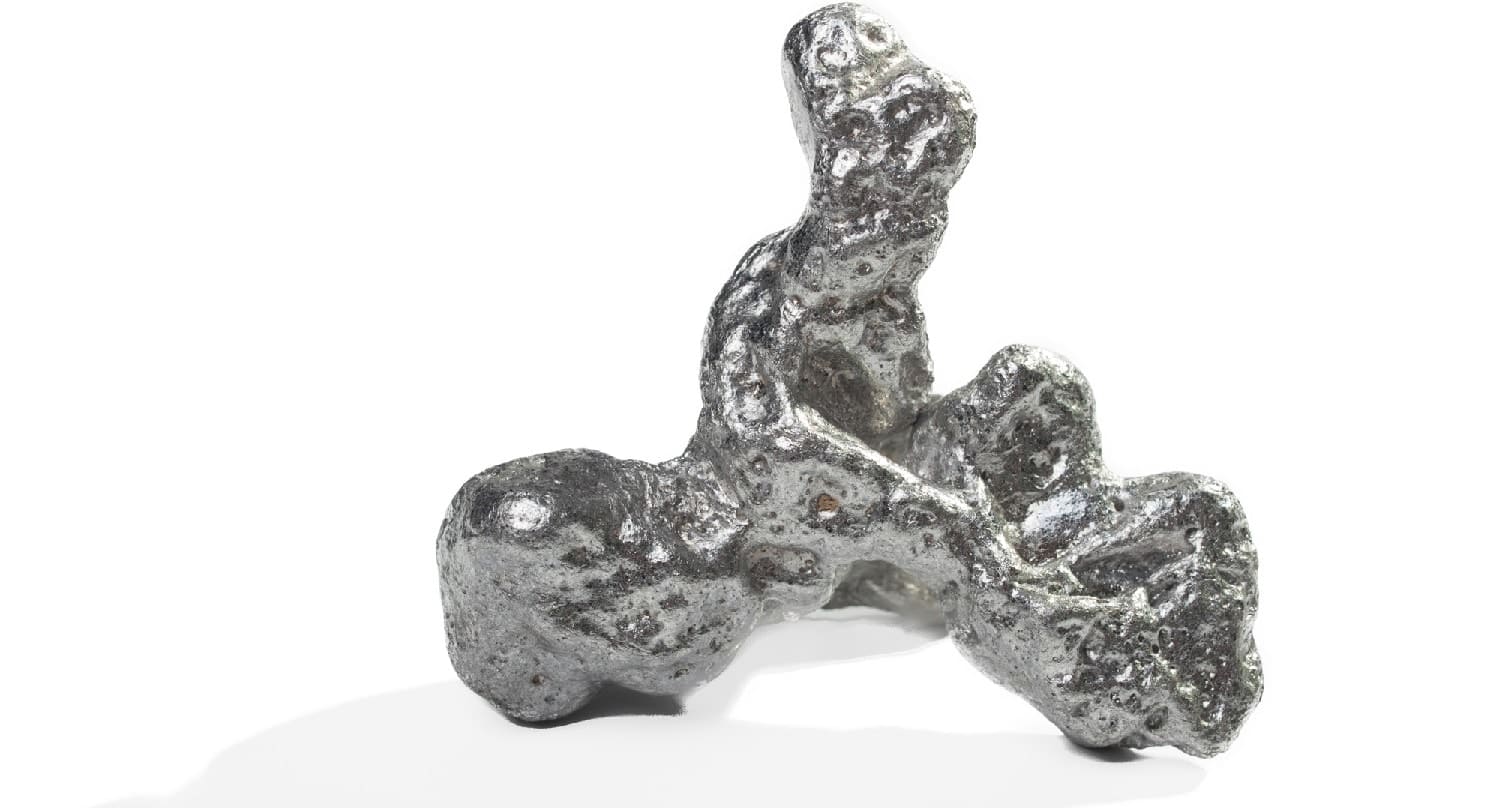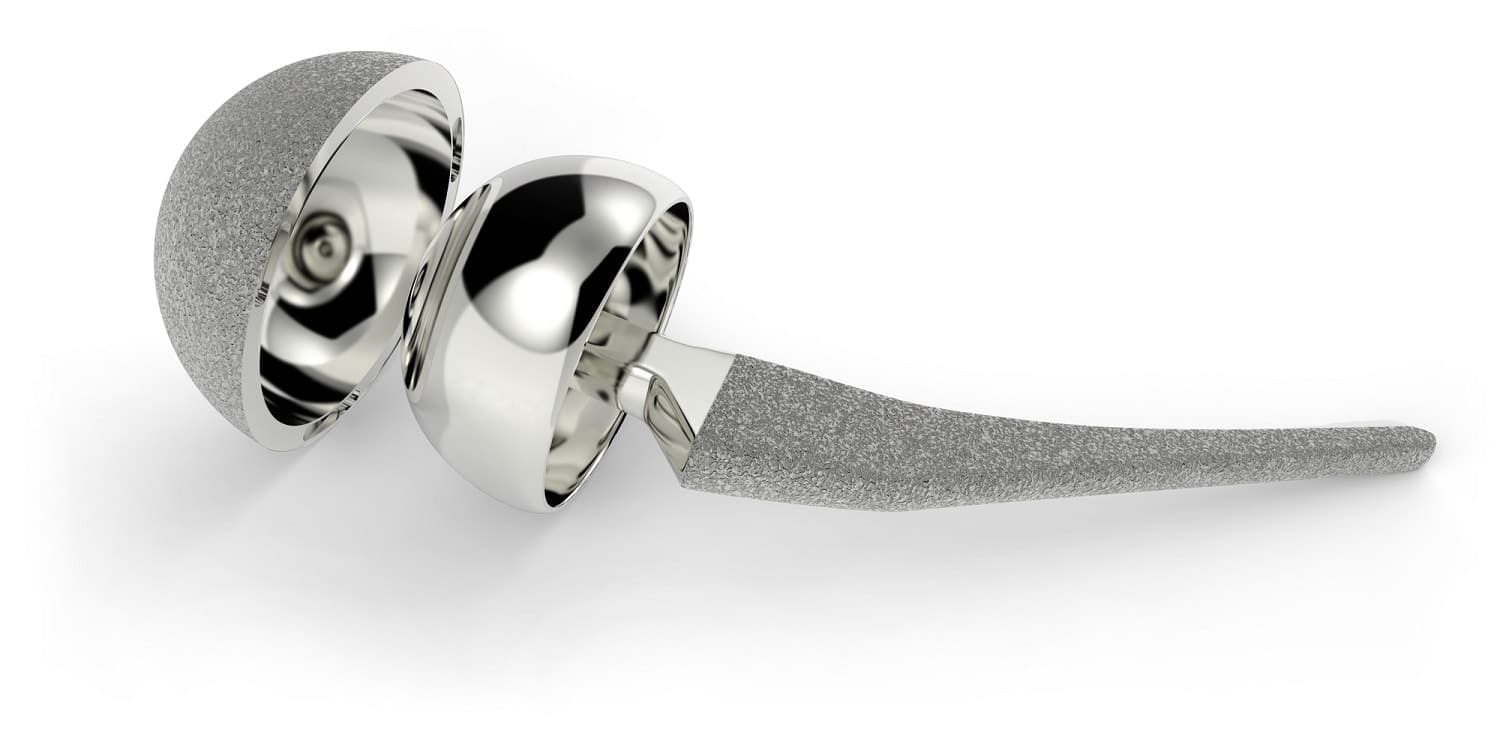So then, what is hardness? It is a material’s capacity to withstand external loads without breaking. Metal hardness depends on many qualities and parameters, such as its tensile strength and compressive strength, the point when it turns mouldable, the point of permanent deformation, crack resistance, etc.
Hard alloys and natural metals
Alloys are a product of combining different metals. They stem from the necessity to have metals with a wide range of characteristics, including various hardness. One of the important alloys in that sense is steel, which is a combination of iron and carbon. So then, what metals are considered the hardest on Earth?
Since metal hardness factors in an entire range of attributes, it is difficult to definitively rank metals from hardest to softest. The hardness scale of metals depends on which property is key to a given application.
Steel and its alloys
Steel is a tough alloy of iron and carbon with admixtures of other elements, including silicon, manganese, vanadium, niobium, etc. Various alloying techniques can help produce steels with completely different properties.
Thus, a high-carbon steel is an iron alloy with a high carbon content. It is tough, relatively inexpensive, durable and good for metalworking. Some drawbacks include poor hardening capacity and low heat resistance, which make high-carbon steel sensitive to corrosive environments.
Applications: manufacture of tooling, parts of machinery and complicated mechanisms, metal structure elements. An important pre-condition for these applications is a non-corrosive environment.

Steel with an alloy of iron and nickel is one of the hardest compounds. While there are several variations of it, carbon steel alloyed with nickel generally increases the alloy’s yield point to 1,420 MPa with a tensile strength of up to 1,460 MPa.
Applications: nickel-based alloys are used in certain types of powerful nuclear reactors as protective high-temperature shells to keep uranium rods from corroding.
Stainless steel is a corrosion-resistant alloy of steel, chrome and manganese with a yield point of up to 1,560 MPa and tensile strength of up to 1,600 MPa. Just like every other steel, this alloy boasts high resistance to impact and places in the middle of the Mohs hardness scale.
Applications: as a corrosion-resistant material, stainless steel is widely used in a variety of fields, including the petrochemical industry, heavy engineering, construction, electrical power generation, shipbuilding, the food industry and household appliances.
Extra-hard alloys
Alloys with tungsten carbides, titanium or tantalum at the core possess hardness that not even Thor’s hammer could match.
Titanium is a natural metal that is frequently referred to by media and filmmakers as an extra-hard material. Its strength-weight ratio is almost double that of steel alloys. Its tensile strength to density ratio is the highest among all metals, beating tungsten, which, however, scores higher than titanium on the Mohs scale. That said, titanium alloys are durable and light.
Applications: titanium and its alloys are often used in aerospace engineering for spacecraft plating, fuel tanks and jet engine parts. It is also widespread in shipbuilding, pipeline construction for corrosive environments, and as a framework material.
As a natural metal with the highest tensile strength, tungsten is often combined with steel and other metals to achieve even stronger alloys. However, tungsten is brittle and destructible on impact, which are some of its drawbacks.
Applications: tungsten is used in the steel industry to make alloy-treated steels and various alloys, in electrical engineering for lighting equipment elements, in heavy and aircraft engineering, as well as in space engineering and the chemical industry. The tungsten and carbon alloy (tungsten carbide) is found in cutting tools, such as knives and circular saws, as well as in durable working parts of mining equipment and rollers.
Tantalum offers three benefits at once: it is hard, dense and corrosive-resistant. It belongs to high-melting metals, same as tungsten.
Applications: tantalum is used for making electronics and heavy-duty condensers for personal computers, smartphones, cameras and automotive electronics.
Innovative alloys

There are alloys that despite being rather recent discoveries have already won recognition thanks to their superior properties and are widely used in aerospace engineering and the medical industry.
Titanium aluminide is an alloy of titanium and aluminium that is resistant to high temperatures and corrosion but is quite brittle and lacks mouldability. Nonetheless, it has proven useful in the production of special protective coatings.
A titanium and gold alloy is another unique material developed a few years ago by a team of scientists from US universities. The key challenge these scientists were tackling was to create something stronger than titanium that could be used for medical prosthetic devices coming in contact with biological tissue. Titanium prostheses, although strong, wear out relatively fast, requiring replacement every ten years. The titanium and gold alloy, on the other hand, has turned out to be four times as durable as the alloys currently used in prosthetics.
